The tomb of Mr. Le Van Hieu, located in Hoa Khanh commune, Cai Be district, Tien Giang province, has a total area of 236.88 m2, including: Gate, screen, tomb, temple, facing North (implying the memory of the fatherland, the ancestral land).
The tomb was built more than 200 years ago, with an ancient appearance, mossy over time, but still quite sturdy.
The tomb architecture is kept intact, the entire tomb is built with laterite compound and adhesive. The shrine and tomb are surrounded by a reinforced concrete fence in the style of "upper wall, lower floor", the floor is paved with cement.
The fence has 6 square pillars (4 pillars, 4 corners and 2 gate pillars), above are 357 bars made of reinforced concrete. The gate is made of iron and was rebuilt in 1970.
In front of the tomb is a rectangular screen built of composite panels. The back of the screen is decorated with two embossed unicorns facing the sun.
The tomb is located in the center, built in a closed frame surrounded by a rectangular wall made of corrugated iron. The gate has two rectangular pillars, with lotus buds on top of the pillars.
 |
| Tomb of Mr. Le Van Hieu. |
In front of the mausoleum and grave is a tombstone made of a monolithic block of green stone with white veins. The tombstone consists of 3 parts: the base, the body and the forehead. The forehead is shaped like the letter "Kim" with a curved border, embossed with flowers and leaves, with a lotus flower in the middle.
The body of the stele is rectangular, with embossed borders of stylized sinuous floral and leaf motifs. The stele is placed on a kneeling platform (stele base). The content of the stele is embossed in Chinese characters.
According to author Nguyen Dong Trieu in the article "Le Van Duyet's ancestor and the ancient tomb in Cai Be (Tien Giang province)" published in the magazine "Xua va Nay", issue 453, November 2014: At the top are the two words "Viet co" (this is the way of writing on tombstones of ancient people when buried to identify the Vietnamese people from the North who migrated early to the Southern land); the small column of words on the right "Tue tai Giap Tuat trong ha nguyet cat nhat" (roughly translated: Good day in May of the year Giap Tuat); the large column of words in the middle of the stele "Hien khao tang Quang Tien Chieu Nghi Tuong quan Cai co Le hau chi mo" (roughly translated: The tomb of the father of the Le family was granted the title of Cai co and awarded Quang Tien Chieu Nghi Tuong quan the title of Le hau); the small column of words on the left "Hieu tu Kham sai Chuong co tu Toai lap" (roughly translated: The son named Toai held the position of Kham sai Chuong co and established the stele).
Based on the date recorded in the stele, it can be confirmed that this is the tomb of Le Van Hieu, the stele was erected by his son Le Van Toai in the year of Giap Tuat (1814).
Behind the tombstone is the mausoleum, a rectangular tomb built of cork. Behind the tomb is a rectangular screen with dragon and cloud patterns on both sides, made of cork.
According to the archives at Tien Giang Museum and documents of the Le Van family: Mr. Le Van Hieu, from Bo De village, Mo Hoa district (now Mo Duc district), Quang Ngai province.
He was the 7th son of Quang Tan Ho Quan Vo Luoc General, Cam Y Ve Quan Doi Tanh Thien Hau Le Van Tanh and Mrs. Tran Thi Quy (they had 6 boys and 5 girls: Thi Sanh, Van Cao, Van Ky, Van Ban, Van My, Thi Ngay, Van Hieu, Thi Huyen, Thi Hon (Ha), Thi Phan, Van Huong).
Le Van Hieu married Mrs. Nguyen Thi An (nicknamed Loan), and in 1742 gave birth to a son, Le Van Toai (father of Left General Le Van Duyet). After Mrs. Nguyen Thi An passed away, Mr. Hieu and his son and his wife migrated to the South by sea.
In the book “Le Van Family Genealogy, History of Le Van Duyet - Le Van Phong” it is written: “Around 1760, Mr. Le Van Hieu and his son Le Van Toai and his wife left Bo De village, Mo Duc district by sea to the southern river region. When the boat entered Tien river of My Tho, seeing the green land, Mr. Le Van Hieu stopped and went ashore to cut trees to build a house and start life.
That place is Tra Lot estuary, Hoa Khanh village, Tran Dinh citadel (now in Tien Giang province). Here, Mr. Hieu and his son built houses, reclaimed wasteland, and because he was very familiar with rivers and water, he made a living by catching shrimp and fish. In 1764, an epidemic broke out at Tra Lot estuary, and unfortunately Mr. Le Van Hieu got sick and died.
Mr. Le Van Toai buried his father about 100 meters from Tra Lot River. In 1814, Mr. Le Van Toai renovated the tomb to be more spacious and it has been preserved quite intact until now.
The tomb of Mr. Le Van Hieu has partly clarified the formation and development of Hoa Khanh commune in particular and Cai Be in general. On October 2, 2023, the People's Committee of Tien Giang province issued Decision 2290 recognizing the tomb of Mr. Le Van Hieu (Le Van Duyet's ancestor) as a provincial historical and cultural relic.
NGUYEN MANH THANG
.
Source


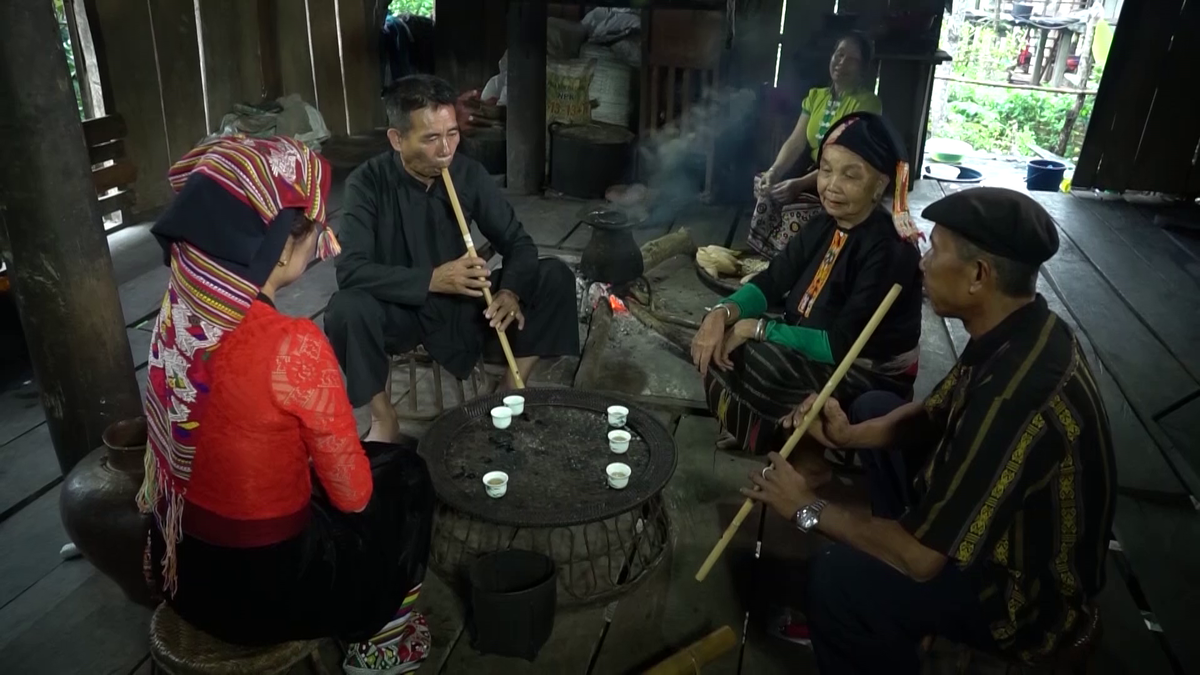
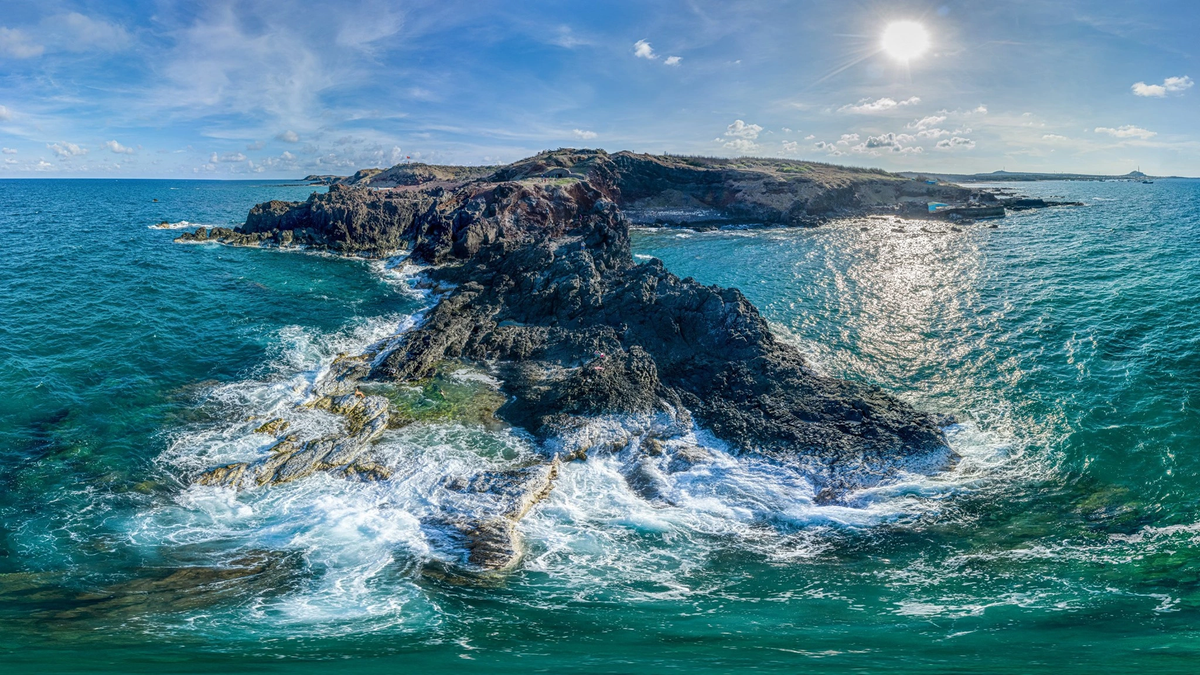

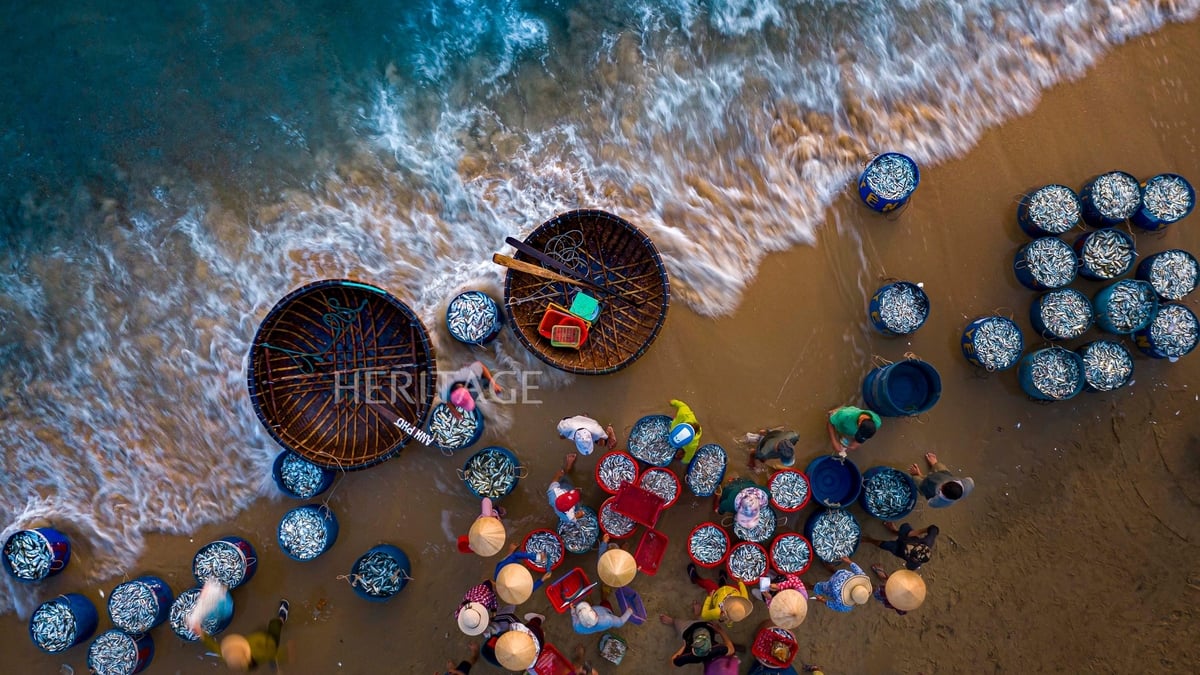
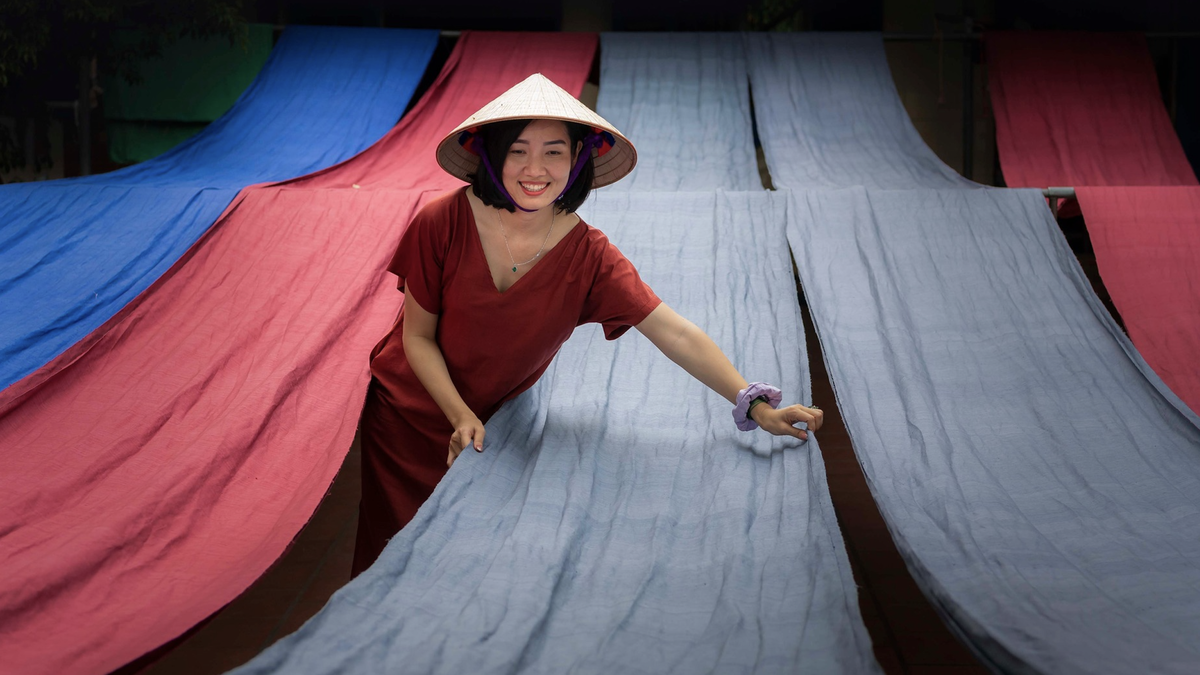









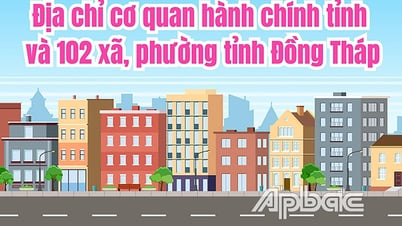

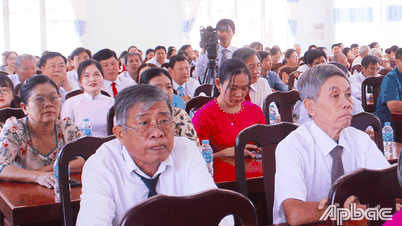
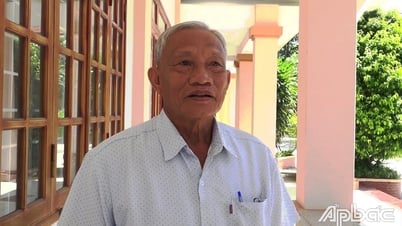

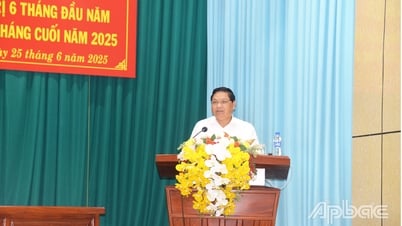
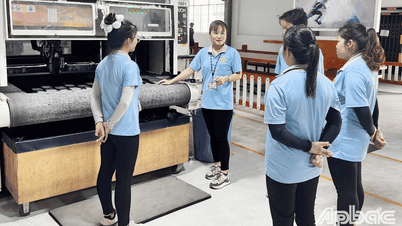




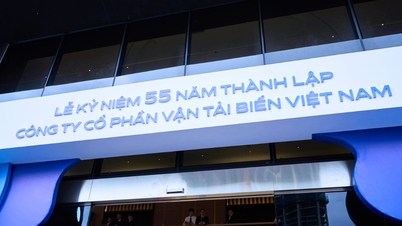




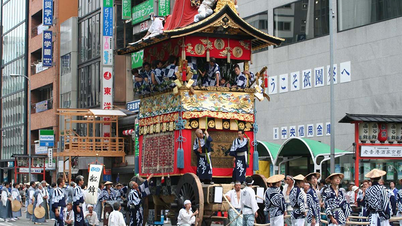

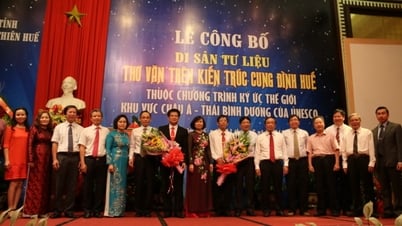

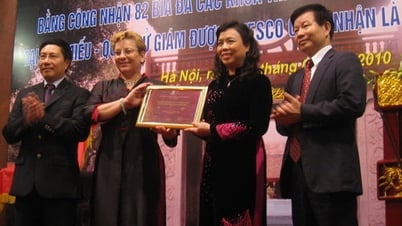

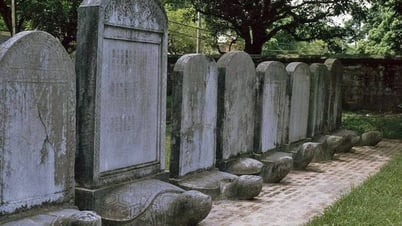

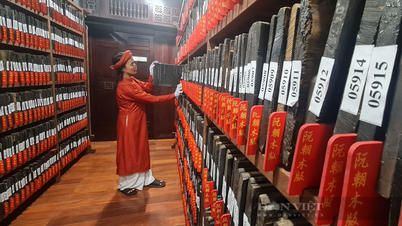

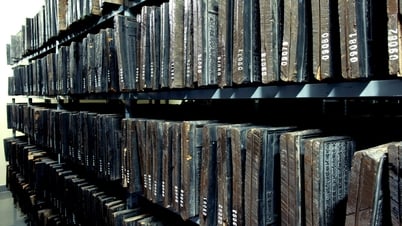





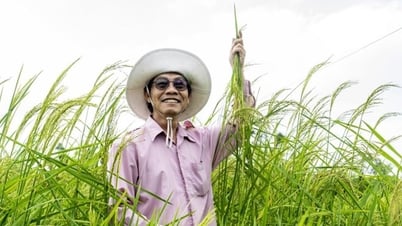

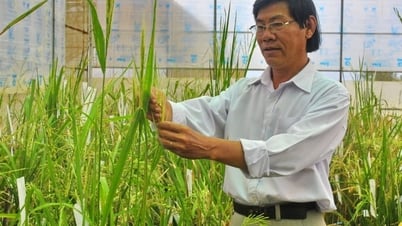



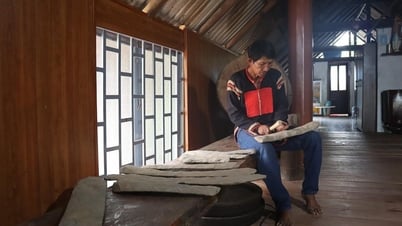
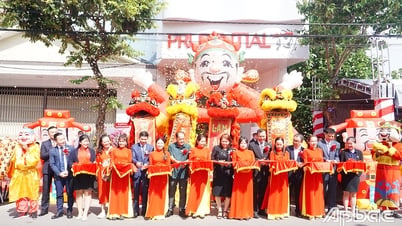


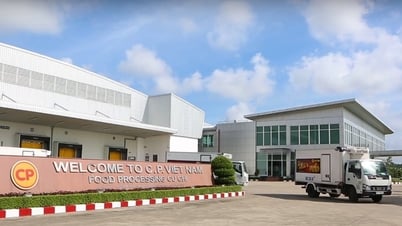


![[Photo] General Secretary To Lam attends the launch of 3 digital platforms serving the implementation of Resolution No. 57-NQ/TW](https://vphoto.vietnam.vn/thumb/402x226/vietnam/resource/IMAGE/2025/7/2/d7fb7a42b2c74ffbb1da1124c24d41d3)


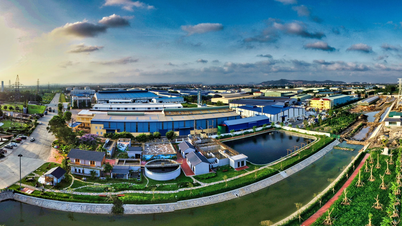


















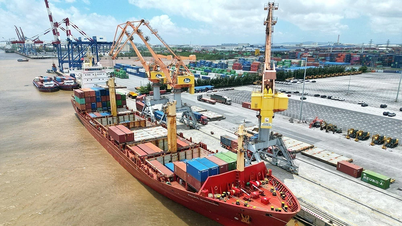
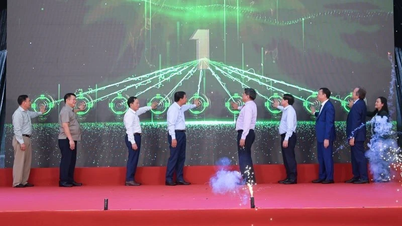










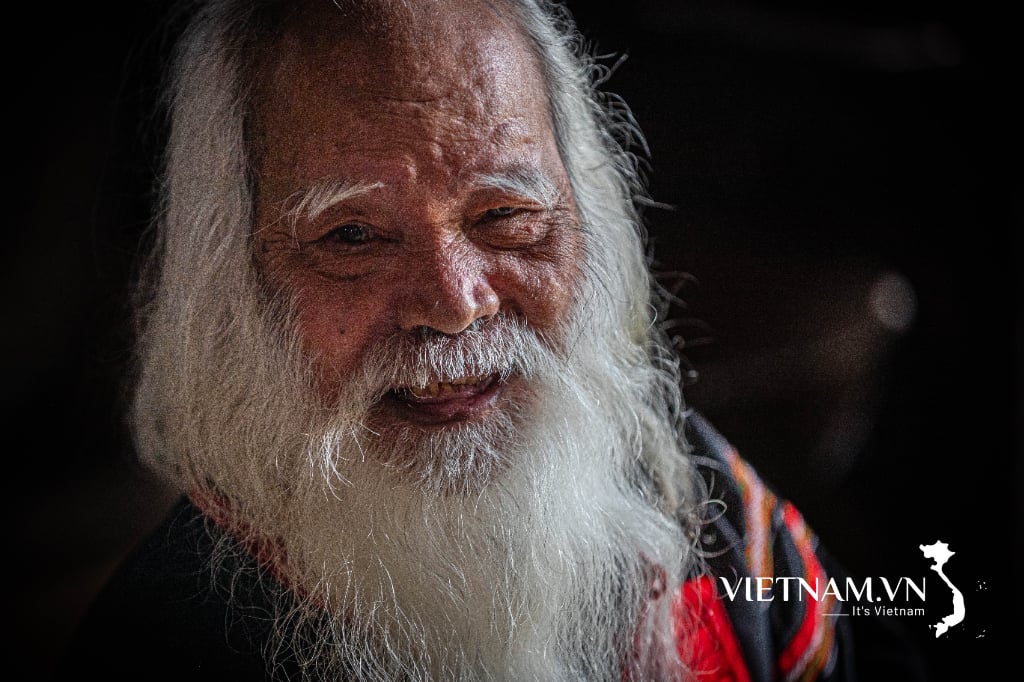

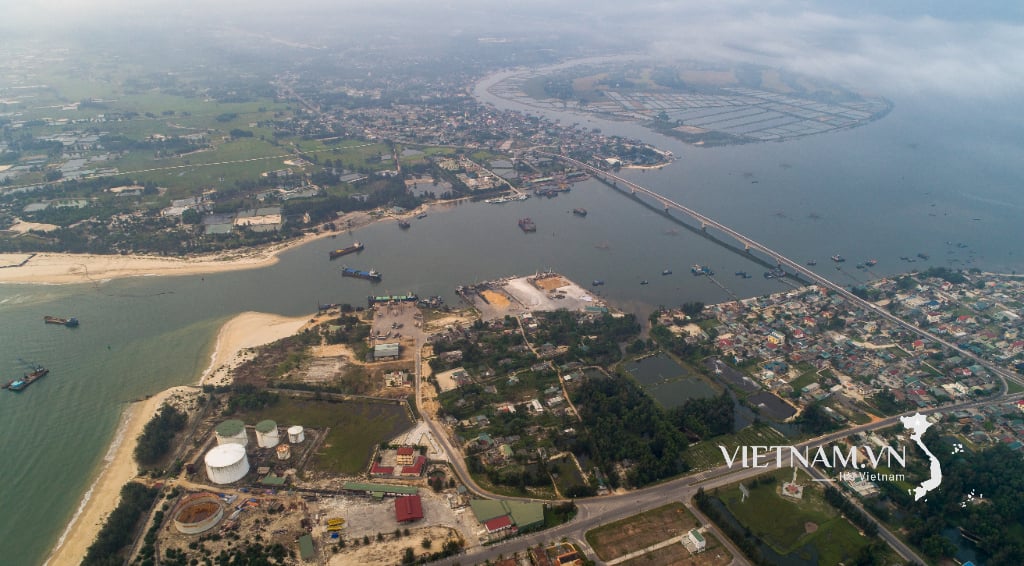

Comment (0)